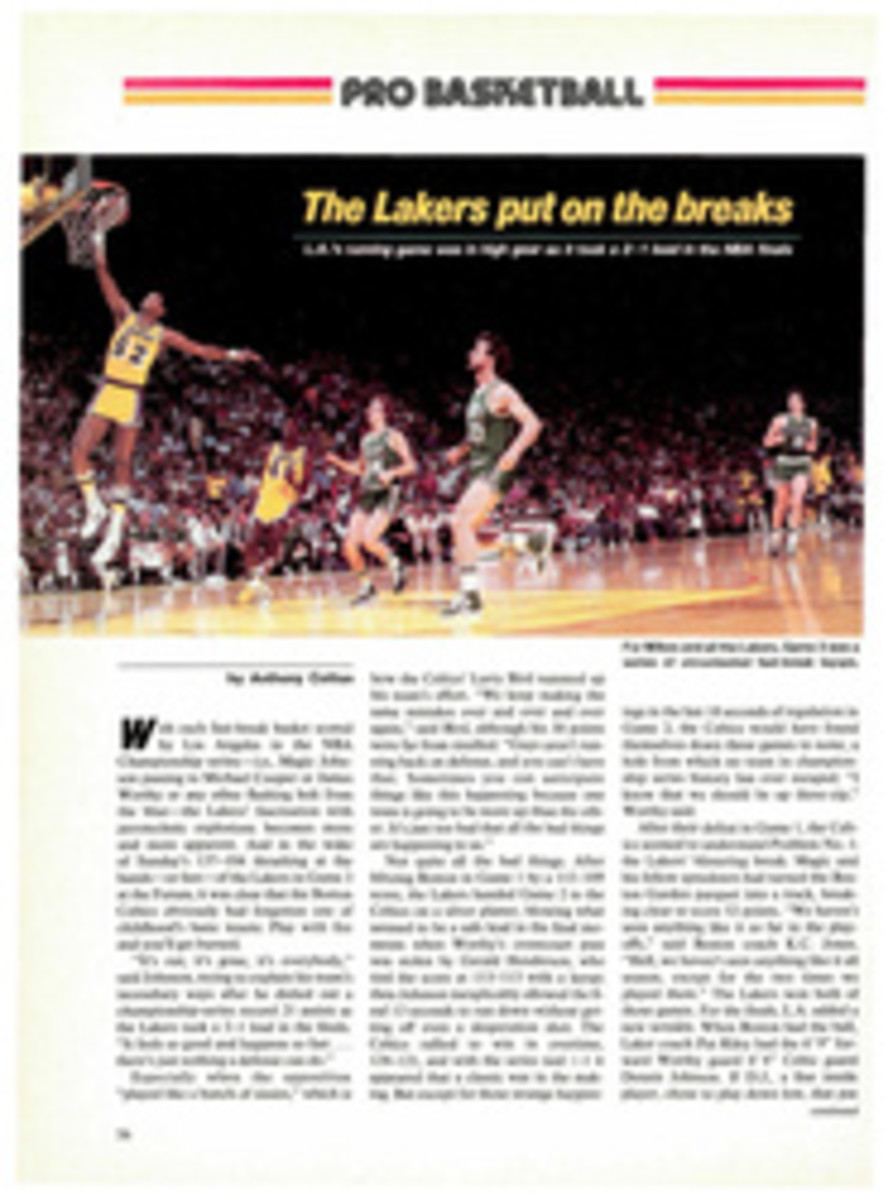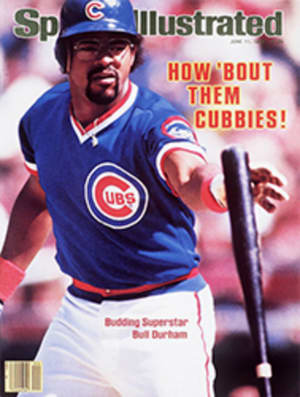
U.S. OLYMPIC WRESTLERS HOPE THEY WON'T BE PINNED BY UNFAMILIAR RULES
In Los Angeles, America's Olympic wrestlers will have to grapple not only with muscular opponents of 105½ pounds to more than 220 pounds but also with an insidious foe weighing just a few ounces: a rule book. Unlike most sports, rules for U.S. and Olympic wrestling differ significantly, and American competitors could be at a distinct disadvantage late next month and in August.
This situation has existed for decades in both types of Olympic wrestling: Greco-Roman, in which no holds are permitted below the waist, and freestyle, which is more akin to American amateur wrestling. Greco-Roman isn't a part of U.S. high school and college programs and no American has ever won an Olympic medal in this event.
However, U.S. medal hopes in freestyle and Greco-Roman events have been raised by the Olympic boycott. The Soviet Union and Bulgaria were expected to dominate many of the weight classes; now the U.S. has favorites in the freestyle heavyweight, 220-, 163- and 136-pound classes. But American wrestlers still must learn many international rules and forget many of the rules by which they have usually competed. For instance, in high school and college, our wrestlers are taught how to escape from an opponent who has control, a move worth one point. At the Olympics there are no escape points.
During international bouts Americans have been stunned to find themselves pinned—and thereby defeated—when their shoulders were pressed to the mat for a mere half second. U.S. rules require contact for one second, or two seconds in high school. That's a big difference, especially when trying a roll-through, a favorite American move in which a wrestler deliberately rolls his shoulders across the mat while setting up his adversary for a fall (pin) or near-fall.
This year, new rules and interpretations will be introduced at L.A. that will further crimp American wrestlers. Most have been designed to give the sport more spectator appeal. The man responsible for the new rules is Milan Ercegan of Yugoslavia, the president of FILA, the International Wrestling Federation.
"Ercegan is for concepts of total wrestling' and 'taking risks,' " says Bob Dellinger, the communications director of USA Wrestling, the governing body for the sport in this country. "At the prodding of Ercegan, rules for three-and four-point throws have been put in."
Such throws are invariably lightning-and-thunder maneuvers, starting with a burst and ending with a resounding thud of bodies on the mat. To execute a four-pointer, a wrestler must raise a foe above his own hips and bring him directly to the mat and into a "position of danger," i.e., one that puts him in jeopardy of being pinned. That's the kind of spectacular wrestling Ercegan favors, and there's no denying it's attention-grabbing. Unfortunately it isn't the kind of wrestling taught in America, where takedowns are worth two points, whether pedestrian or pulsating.
To intensify the action, FILA has also cut international bouts from nine minutes to a pair of three-minute periods, barring a pin. This change is hardly in the best interests of American wrestlers, who are among the best-conditioned in the world and who during the past decade have won more than their share of contests by wearing down opponents.
"My biggest beef with international wrestling is the rules," says U.S. Olympic freestyle coach Dan Gable, a 1972 Olympic gold medalist and now the coach at Iowa. "I think they had the right idea when they started changing rules a few years ago because they made things more exciting. But now it's hurting the sport because, in addition to constantly changing the rules, they're constantly interpreting them differently. It's difficult to keep up with these changes and interpretations because so much of that stuff happens in Europe.
"Basically, my complaint is how easy it is to get cheap points at the edge of the mat. The strategy is often to get you near the edge and, without trying any real moves, to shove you out of bounds. If the referee thinks the other guy is the aggressor he'll give him a point. Those are cheap points. Wrestling's not left up to the wrestlers anymore. Now it's up to the ref, and that's too judgmental."
As became clear at last year's Greco-Roman world championships in Kiev, U.S.S.R., Americans aren't the only ones baffled by rules interpretations. Five of the 10 title bouts ended in disqualifications, mostly for stalling. "Now, if you go ahead in the first period, you can stall in the second and get away with it because the referee feels you've established yourself as the aggressor," Gable says. "How the scoring goes often depends on whether or not the ref likes you."
Gable and his wrestlers have spent considerable time learning the rules—and how to use them to their best advantage. "I've got to play by the rules, whether I like them or not," he says. "Hey, we can score a lot of points at the edge of the mat, too. There's a definite advantage in being the home country this year. In wrestling there are three refs: the mat referee, the mat judge and the mat chairman. Two of the three have to agree before points are scored. And having the crowd yelling for our wrestlers is going to have an effect that is bound to help us. We're going to be ready for L.A."
ILLUSTRATION
ANDY MYER

